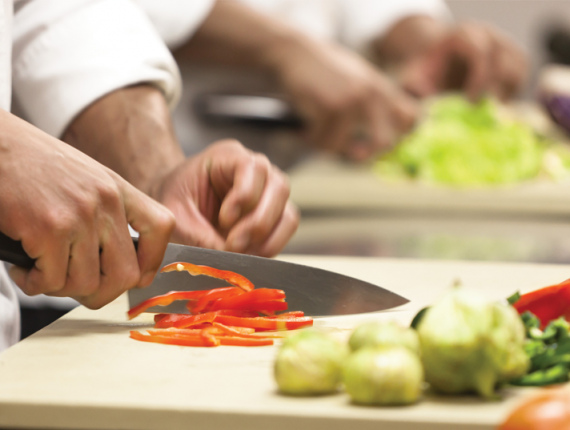
Winning, Losing & Snapshots
NT: In youth soccer, especially up to the age of 12 the idea of teaching the children values and core skills is paramount to their development. The advice I give to parents and coaches of junior teams especially at a local club level is that the most important factor is that each child has a positive experience and one that they can reflect upon in later years with a smile.
My philosophy of youth soccer is to encourage coaches and managers to play every child in their squad for a least 50% of playing time. This is a ‘hot point’ of discussion especially when the outcome of the match will decide a championship or final. There is no right or wrong, but my philosophy is that every player should be involved.
GT: What’s the most important quality you need to coach?
NT: An ability to engage the players you have in front of you and challenge them appropriately is an important quality that all coaches should have. But, if I were to use two very important qualities I look for in my best coaches: Initiative and Leadership
GT: What’s the most important quality you want from your players, from their parents?
Players & Parents – RESPECT – for the game, themselves and others.
GT: With all the pressure of winning that comes from: yourself, your players and their parents, how do you keep winning in perspective?
The idea of winning is important to everyone involved with the team. However, I always speak to my players about the difference between performance and result. Sometimes the team will produce an outstanding performance but the result doesn’t reflect it, or vice versa. My philosophy is to place emphasis (at youth level) on how they played and don’t reflect too much on the result.
GT: Thanks for you time and advice
Snapshots:
 How to take – now that is the question.
How to take – now that is the question.Our fave young photographer, Joel Symonds, has taken some time out of his very hectic HSC schedule to pass along a few tips of the trade to make sure our snapshots are worth saving.
GT: Am I totally screwed if I only have my phone?
JS: No way! The phone is the most convenient method of taking photos at a sport game because you don’t have to lug a huge camera around for the day (or embarrass your kids).
GT: So then why do my “sports” photos always look so lame?
JS: In one word – Framing. It is ideal to get a combination of both wide angle and close up shots of the sport action. When taking a wide shot, be patient – it may take a little bit of time to achieve a lighting balance between the sky and the ground, as the sky is usually much brighter. Cameras only work on one lighting setting at a time and if you rush, parts of the photo may end up being either over- or under-exposed. It’s also important to wait until the players are facing you, that’s when you’ll get the best shot.
 |
| Rule of Thirds |
GT: Do I need to do anything different if I’m taking a photo indoors (basketball) versus outdoors?
JS: Flash: Be super careful when using your flash for sport photos as often the subject is out of the flash bulb’s reach. As a result, the flash may create a weird effect over the photo. If you are outdoors, and there are prominent shadows over your subject, the flash can be a great way to fill in the darker areas. However, it is still best to try to use the natural lighting as the flash may reduce the photo’s softness.
GT: If I find myself organised enough to bring the “good” camera, what do I do with it?
JS: You can always use sports mode, and keep in mind the same principals of patience, framing and lighting we discussed with the phone camera.

People who love to cook love good equipment. But serious kitchen gear is expensive. So, why not group together to give them something they’ll treasure.
To make it easy to collect





